Prepare to be amazed by the incredible journey of human evolution. From our humble beginnings to the dominant species we are today, the story of our origins is filled with fascinating twists and turns. Here are 12 mind-blowing facts about human evolution that will leave you in awe of our remarkable past.
Humans and Chimpanzees Share 98.8% of Their DNA

Despite the vast differences in our appearance and abilities, humans and chimpanzees are incredibly similar at the genetic level. This close relationship highlights just how recently we diverged from our primate cousins, with our last common ancestor living around 6-8 million years ago.
The First Stone Tools Were Created 3.3 Million Years Ago

Long before the emergence of modern humans, our early ancestors were already crafting stone tools. The oldest known stone tools, discovered in Kenya, date back an astonishing 3.3 million years. This early innovation marked a crucial step in our evolutionary journey, enabling our ancestors to better gather food and defend themselves.
Human Brain Size Has Tripled Over 2 Million Years

One of the most remarkable aspects of human evolution is the dramatic increase in brain size. Over the past 2 million years, the human brain has nearly tripled in size, from around 600 cubic centimeters in early Homo species to an average of 1,400 cubic centimeters in modern humans. This growth has been crucial to the development of our cognitive abilities and complex societies.
Humans Are the Only Species Known to Cook Their Food

Cooking is a uniquely human trait that has played a significant role in our evolution. By cooking our food, we were able to extract more nutrients and energy from our meals, which may have contributed to the growth of our brains. Additionally, cooking allowed us to spend less time chewing and more time engaging in other activities, such as socializing and tool-making.
The Human Genus, Homo, First Appeared 2.8 Million Years Ago

The genus Homo, which includes modern humans and our extinct relatives, first emerged around 2.8 million years ago in Africa. The earliest known species, Homo habilis, was smaller than modern humans but had a larger brain relative to its body size. This marked the beginning of a lineage that would eventually give rise to our own species, Homo sapiens.
Humans Originated in Africa and Migrated Across the Globe
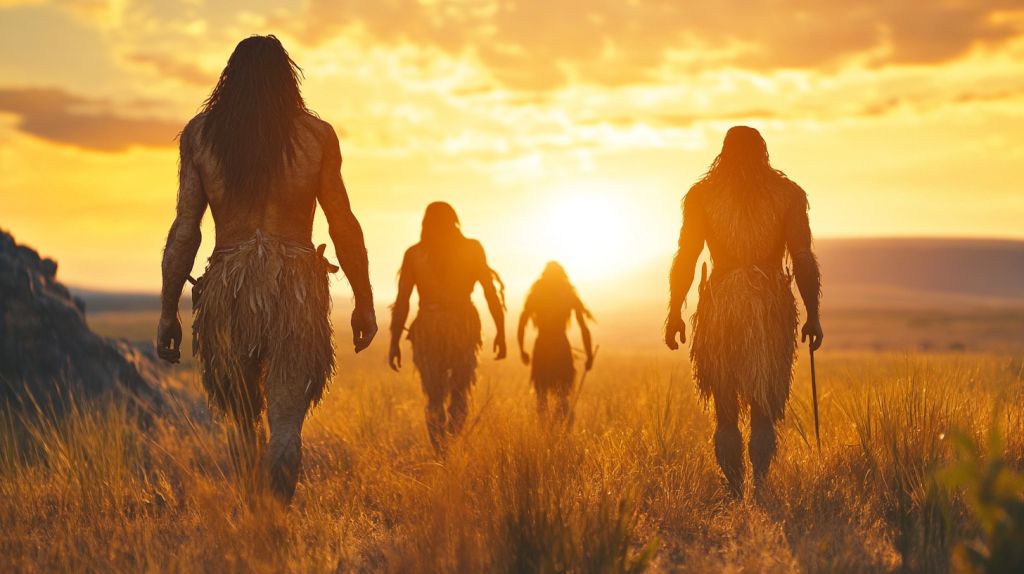
The earliest fossils of modern humans, dating back around 300,000 years, have been found in Africa. From there, our ancestors began to migrate to other continents around 70,000 years ago, eventually spreading across the globe and adapting to a wide range of environments.
Neanderthals and Modern Humans Interbred
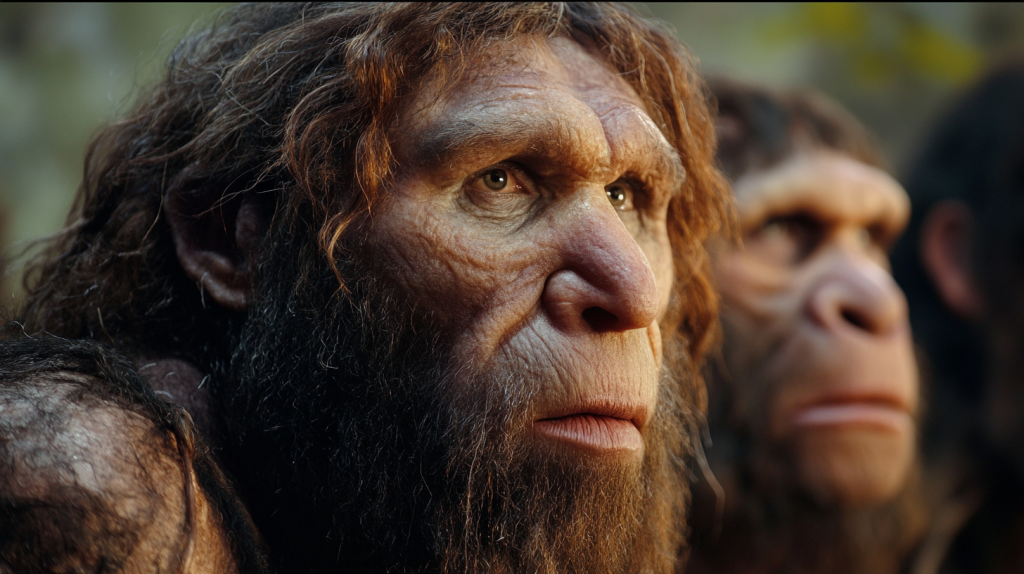
Neanderthals, our closest extinct relatives, coexisted with modern humans for thousands of years. During this time, the two species interbred, leaving a lasting mark on our genetic makeup. Today, people of European and Asian descent carry a small percentage of Neanderthal DNA, ranging from 1-4%.
Human Evolution Is Still Ongoing

Contrary to popular belief, human evolution did not stop with the emergence of modern humans. Our species continues to evolve in response to changing environmental pressures, such as the development of lactose tolerance in populations with a history of dairy farming. As our world continues to change, so too will our species.
The Oldest Known Human Ancestor Lived 7 Million Years Ago
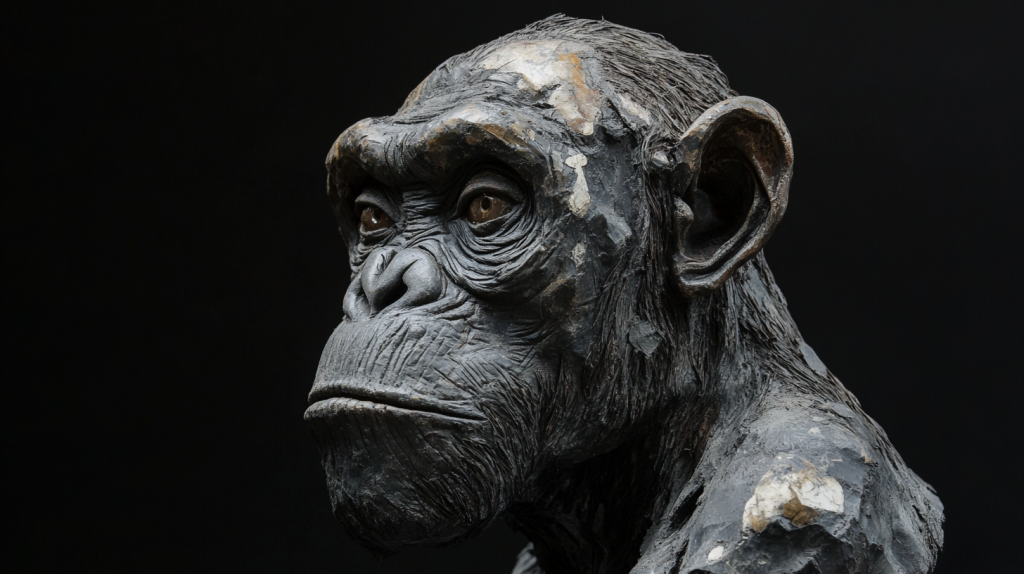
The oldest known human ancestor, Sahelanthropus tchadensis, lived around 7 million years ago in what is now Chad. This early hominid had a combination of ape-like and human-like features, such as a small brain but a more upright posture, marking an important milestone in our evolutionary history.
Human Ancestors First Walked Upright 4 Million Years Ago
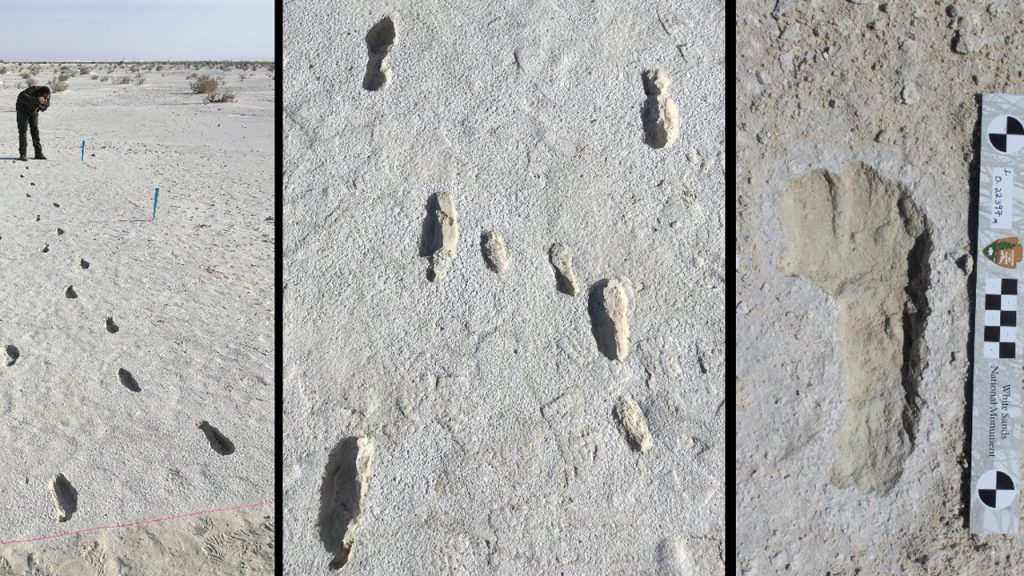
The ability to walk upright on two legs, known as bipedalism, is a defining characteristic of humans and our ancestors. The earliest evidence of bipedalism dates back around 4 million years, with the discovery of fossilized footprints in Tanzania. This adaptation allowed our ancestors to cover larger distances, freeing their hands for tool use and carrying.
Humans Are the Only Species to Wear Clothing

Clothing is another unique human trait that has played a significant role in our evolution. By wearing clothing, our ancestors were able to protect themselves from the elements and expand into new environments. The oldest known evidence of clothing, in the form of bone needles, dates back around 60,000 years.
Modern Humans and Neanderthals Had Different Vocal Anatomies
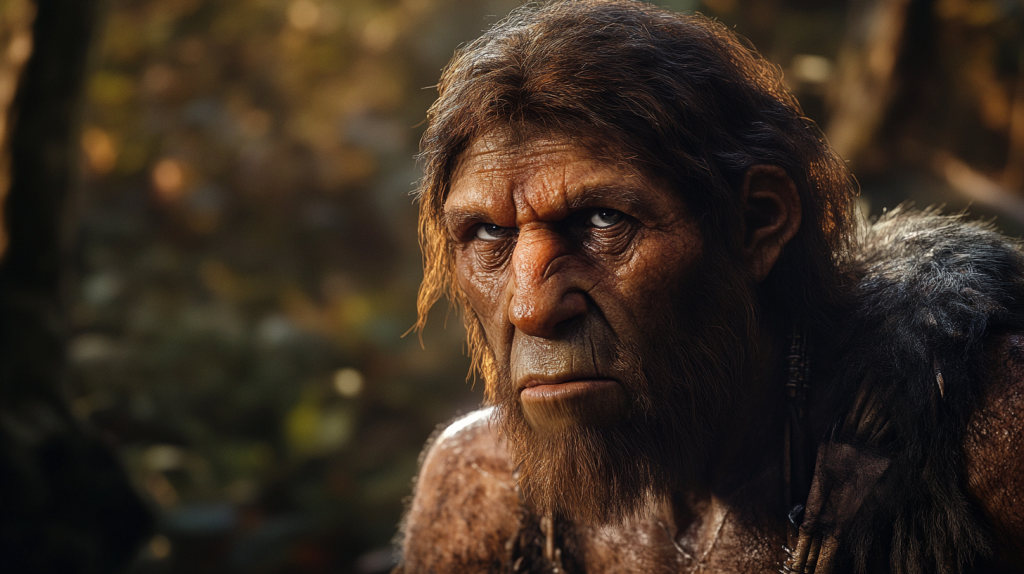
Recent research has revealed that modern humans and Neanderthals had different vocal anatomies, which may have impacted their ability to communicate. While modern humans have a descended larynx that allows for the production of a wide range of sounds, Neanderthals had a higher larynx, which may have limited their vocal repertoire. This difference could have played a role in the success of modern humans and the eventual extinction of Neanderthals.
Ellen has been obsessed with logic puzzles, jigsaws, and cryptograms since she was a kid. After learning she was taught how to play chess wrong by a family friend (so they could win), she joined her school chess club and the rest is history.


